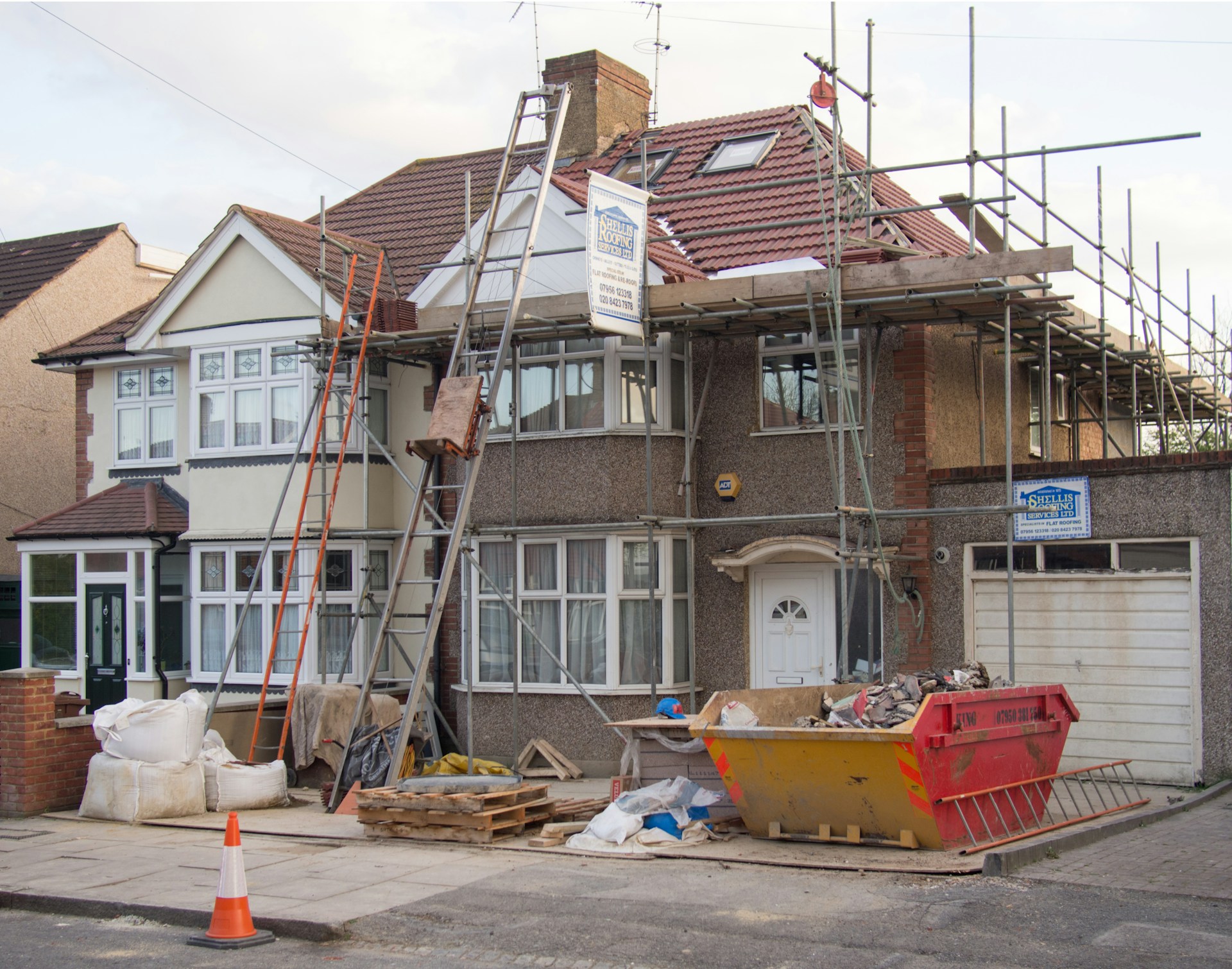

Question: What are the Main Components of a Construction Plan?
Answer: A construction plan typically includes architectural drawings, structural plans, mechanical systems, electrical layouts, and specifications detailing materials and finishes.
What are The Main Components of a Construction Plan? The Essential Components of a Construction Plan
Transforming your vision for a custom home into a reality necessitates a well-defined construction plan. This roadmap acts as a guide for the entire project, ensuring a smooth and successful build. Explore the key components of a construction plan, empowering you to take charge and navigate the exciting process of building your dream home.
Setting the Stage: Project Scope and Goals
Defining Your Vision:
Before diving into specifics, take time to clearly define your vision for the project. Consider the desired number of bedrooms and bathrooms, essential features like a home office or recreation room, and the overall square footage that aligns with your needs and lifestyle.Prioritizing Must-Haves:
Once you have a general idea, establish a list of features that are absolutely essential for your home. Does a dedicated workspace top your list? Is ample storage a major concern? Identifying these priorities upfront helps guide decision-making throughout the planning process.Establishing a Realistic Budget:
Finances are paramount. Research average construction costs in your area and factor in additional expenses like permits, landscaping, and temporary housing during construction, if necessary. It’s wise to allocate a contingency buffer in your budget to account for unforeseen costs. [ 1 ]
Click here for more information on real estate services Orangeville, Ontario
Related Article: What Should I Look for in a Good Architect?
Related Article: Is it Cheaper to Build a Bungalow or Two Story?
Building the Blueprint: Design and Functionality
Drafting the Blueprint:
Collaborate with a qualified architect or architectural technologist to translate your vision into a functional and aesthetically pleasing design. The professional will ensure the design adheres to building codes and consider factors like natural light flow and efficient use of space.Prioritizing Functionality:
While aesthetics are important, prioritize functionality in your design. Consider traffic flow throughout the home, the size and arrangement of rooms, and the placement of fixtures. Don’t hesitate to ask questions and provide feedback throughout the design process.Sustainable Solutions:
Sustainable features can enhance your home’s energy efficiency and potentially reduce long-term utility costs. Explore options like energy-efficient windows, high-performance insulation, and water-saving fixtures. These features can contribute to a more comfortable and environmentally friendly living space.
Securing the Foundation: Permits and Approvals
Permit Application:
Building permits are mandatory for most construction projects. The architect or contractor will typically handle the permit application process, which may involve submitting detailed plans and engineering reports to the relevant municipal authorities.Building Code Compliance:
The design and construction of your home must comply with all applicable building codes. These codes ensure structural integrity, safety, and adherence to minimum standards for plumbing, electrical wiring, and accessibility.Obtaining Approvals:
The permit application process can take time. Be prepared for potential back-and-forth communication with municipal authorities to address any questions or concerns they may raise. This ensures your project adheres to all regulations.
The Team You Need: Choosing a Contractor
Experience and Reputation:
Selecting a qualified and reputable contractor is crucial for a successful project. Seek recommendations from friends, family, or realtors, and always check references thoroughly. A contractor with a proven track record and positive reputation inspires confidence.Scope of Work:
Clearly define the scope of work you expect the contractor to handle. This includes all aspects of construction, from foundation to finishing touches. A detailed contract outlining responsibilities, timelines, and payment schedules protects both you and the contractor.Financial Considerations:
Obtain quotes from several contractors and compare pricing structures. While cost is a factor, be wary of bids that seem significantly lower than the competition. This could indicate the use of lower-quality materials or shortcuts in construction, potentially leading to problems down the road.
Building Your Dream: Construction and Completion
Project Management:
Regular communication with the contractor is essential. Schedule site visits to monitor progress and address any concerns promptly. A project management plan can help you stay organized, keep the project on track, and ensure it stays within budget.Quality Assurance:
Don’t be afraid to ask questions and ensure the work adheres to the agreed-upon plans and building code specifications. Schedule inspections with municipal authorities at designated stages of construction to verify compliance with regulations.Final Touches and Occupancy:
Once construction is complete, a final inspection by municipal authorities is required to obtain a certificate of occupancy. This signifies that the home meets all safety and building code requirements and is ready for you to move in.
Conclusion
By incorporating these essential components into your construction plan, you can approach the building process with confidence. Remember, a successful project hinges on careful planning, clear communication, and a collaborative effort between you, your chosen professionals, and the construction team. With a well-defined plan in place, you can watch your dream home transform from vision to reality.
References
1. https://www.projectmanager.com/guides/construction-plan


